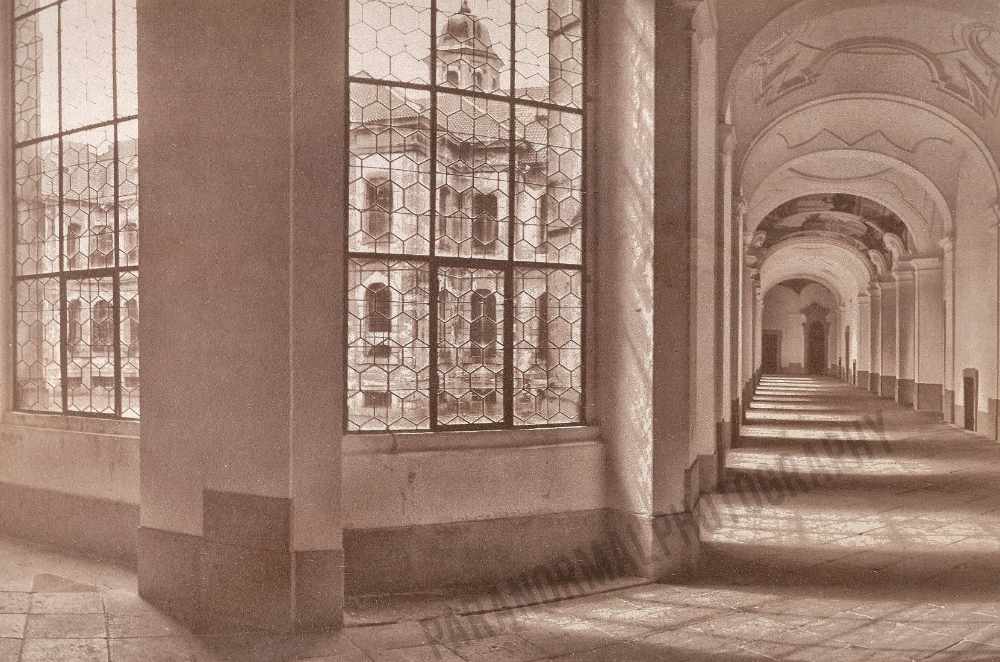
Paranormal Photography
True Photographic Art
Van Dyke: History
Van Dyke is a very interesting technique based on the sensitivity of silver to light. The light-sensitive basis of the technique is silver nitrate with the addition of tartaric acid and ferric ammonium citrate. As a rule, a hand-mixed sensitive layer is applied to quality paper, allowed to dry and then exposed to strong sunlight or UV light.
The copied image is on a negative of the same size as the resulting image. The image must be stabilized in the stabilizer at the end. If this did not happen, the image would gradually degrade and blacken.
After stabilization, the Van Dyke painting has a considerable durability, say at least 150 years.
